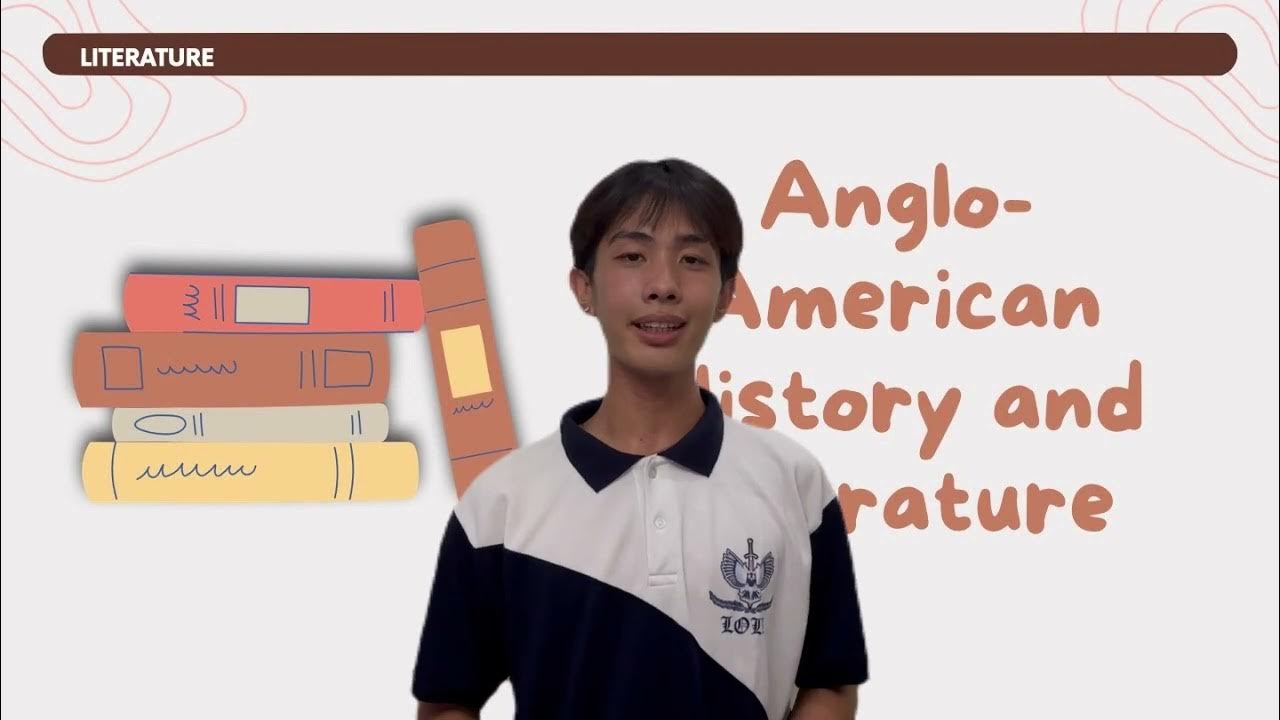American Lit 4 Multiculturalism
Summary
TLDRThis script explores the evolution of American literature from modernism to postmodernism, highlighting the shift from grand narratives to skepticism and diversity. It discusses postmodernism's focus on multiculturalism, questioning of oppression, and blurring of cultural boundaries. Key postmodern works such as 'To Kill a Mockingbird,' 'Beloved,' and 'Catch-22' are analyzed for their themes of racism, oppression, and paradoxical language, reflecting the movement's playful and critical approach to literature.
Takeaways
- 📚 The course contrasts modernism with postmodernism, highlighting the shift from the 1960s to contemporary literature.
- 🔍 Postmodernism is characterized by skepticism towards grand narratives and the rejection of overarching ideas that promise salvation.
- 🏛 Postmodernists are critical of utopian political schemes such as communism and nazism, which have historically led to oppression and violence.
- 🌐 The movement favors individualized solutions like wind or solar power over centralized projects, reflecting a distrust in large-scale systems.
- 📖 In literature, postmodernists reject the search for a 'great American novel,' advocating for diverse voices and narratives from various groups.
- 🤔 Some critics view postmodernism as 'cultural Marxism,' suggesting it merely swaps one form of oppression for another without fundamentally changing the power dynamics.
- 📚 Literature under postmodernism often focuses on themes of racism, misogyny, and the experiences of marginalized groups.
- 🎭 Postmodernist works blur the lines between high and pop culture, often incorporating humor and playfulness in contrast to the seriousness of modernist works.
- 🧩 Postmodern literature is known for blurring genres, mixing comedy and drama, and creating a sense of ambiguity about the tone and intent of the work.
- 📚 Notable postmodern works include 'To Kill a Mockingbird,' 'The Brief Wondrous Life of Oscar Wao,' 'Beloved,' 'The Amazing Adventures of Kavalier & Clay,' and 'Catch-22,' each reflecting the movement's themes and characteristics.
- 🌟 Influential postmodern thinkers include Mikhail Bakhtin, Jacques Derrida, Jean Baudrillard, and Carl Jung, who have contributed to the understanding of power, context, reality, and collective consciousness.
Q & A
What is the main contrast between modernism and postmodernism in the context of American literature?
-The main contrast lies in the rejection of grand narratives by postmodernism. While modernism often sought a big idea to save society, postmodernism is skeptical of such overarching concepts, which have historically led to ideologies like communism and nazism.
How does postmodernism view the idea of a single solution to societal problems?
-Postmodernism rejects the idea of a single solution to societal problems, as seen in the modernist era with large-scale projects like hydroelectric dams and nuclear power plants. Instead, postmodernism favors individualized and decentralized approaches, such as wind or solar power.
What does the postmodernist perspective suggest about literature in terms of representation?
-Postmodernism suggests that literature should not be focused on finding a single 'great American novel,' but rather that every identifiable group should have its own representation and potentially its own department in academia.
What is the criticism of postmodernism in terms of its focus on oppression?
-Critics argue that postmodernism, sometimes referred to as 'cultural Marxism,' has simply replaced the capitalists with white, heterosexual, English-speaking, Christian males as the oppressors, and the working class with any group claiming oppression, still perpetuating a narrative of victimhood and power dynamics.
How does postmodern literature differ in subject matter from modern literature?
-Postmodern literature often focuses on themes of racism, misogyny, sexism, and is written from the perspective of excluded or misunderstood groups, in contrast to the modern literature that might have sought to create a grand narrative or a 'great American novel.'
What does the concept of 'blurred borders' mean in the context of postmodernism?
-In postmodernism, 'blurred borders' refers to the breaking down of traditional distinctions between different categories, such as high culture and pop culture, comedy and drama, and the merging of various art forms and perspectives.
Why is 'To Kill a Mockingbird' by Harper Lee considered postmodern literature?
-'To Kill a Mockingbird' is considered postmodern because it deals with the theme of racism, portrays minority characters as victims, and challenges the traditional narrative by showing whites as either villainous racists or indifferent masses.
What makes 'The Brief Wondrous Life of Oscar Wao' by Junot Díaz a multicultural and postmodern novel?
-The novel is multicultural and postmodern due to its Dominican main character, multiple narrators, use of Spanglish and buzzwords, and references to fantasy and science fiction. It also blurs the lines between different genres and cultural expressions.
How does 'Beloved' by Toni Morrison exemplify postmodern and multicultural literature?
-'Beloved' exemplifies postmodern and multicultural literature through its African-American main characters, fragmented narrative structure, exploration of the lasting effects of slavery, and the ambiguity of whether the title character is a ghost or physical entity.
What are some of the characteristics of postmodern literature as described in the script?
-Postmodern literature is characterized by its rejection of grand narratives, focus on themes of oppression, blurred borders between different cultural and artistic forms, and a playful, conversational, and often satirical tone.
Which thinkers have influenced postmodernism and how?
-Thinkers like Mikhail Bakhtin, who examined the relationship between power and knowledge, Jacques Derrida, who argued that nothing exists outside of context, Jean Baudrillard, who discussed the indistinguishability of reality and technological simulation, and Carl Jung, who introduced the concept of a collective consciousness, have all influenced postmodern thought.
Outlines

This section is available to paid users only. Please upgrade to access this part.
Upgrade NowMindmap

This section is available to paid users only. Please upgrade to access this part.
Upgrade NowKeywords

This section is available to paid users only. Please upgrade to access this part.
Upgrade NowHighlights

This section is available to paid users only. Please upgrade to access this part.
Upgrade NowTranscripts

This section is available to paid users only. Please upgrade to access this part.
Upgrade Now5.0 / 5 (0 votes)





